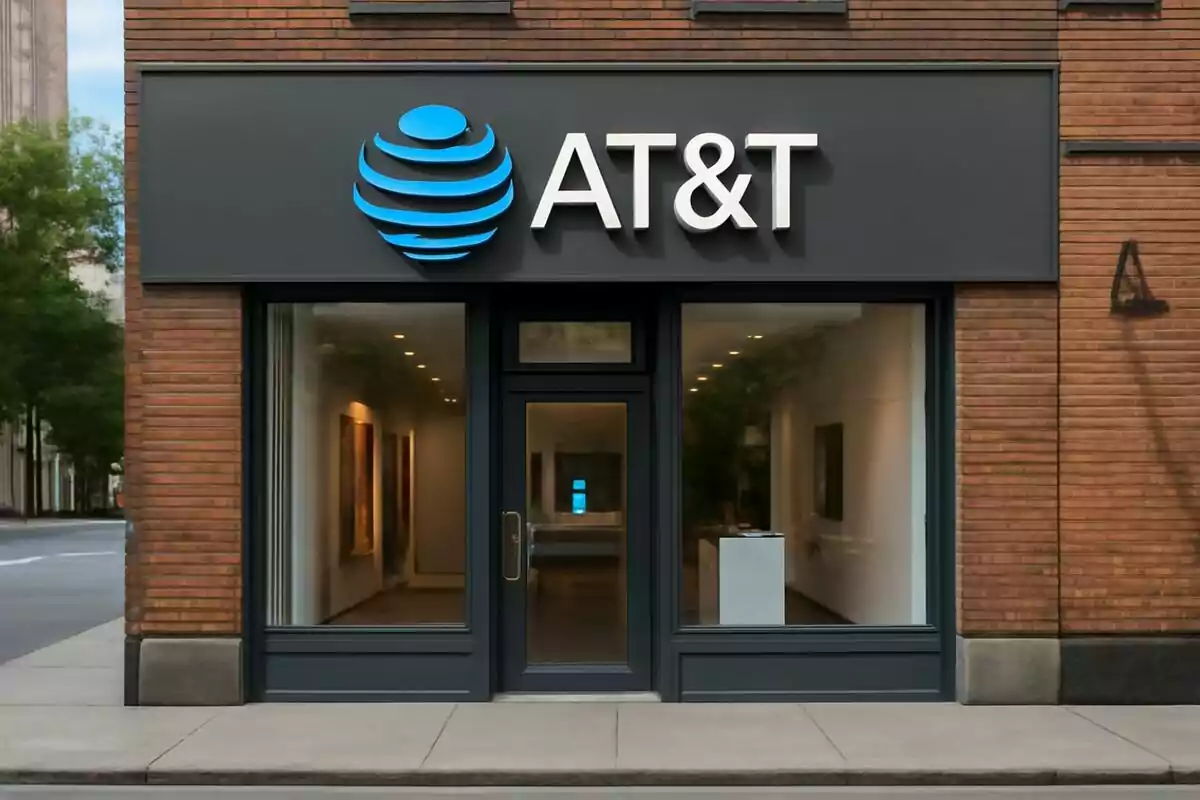
AT&T's latest move changes everything starting today: competitors will try to follow in their footsteps
AT&T takes a step that will undoubtedly represent a significant advancement for the company's customers
When one of the world's major tech companies takes a disruptive step, the entire sector stops to watch. That's exactly what's happening with AT&T. In recent weeks, the operator has led an advance that could transform the way mobile networks work.
It's not just a simple technical improvement, but a true paradigm shift that's already attracting the attention of other major firms. At the end of July, AT&T and Ericsson surprised everyone with an announcement that could mark a turning point in the telecommunications industry.
For the first time on an active commercial network, an automation application developed by an independent software provider was used. All of this was done to improve the performance of a mobile network. These types of applications, known as rApps, are designed to automate and optimize the operation of the Radio Access Network (RAN).

This is the part of the network that connects our devices to the core of the network through cell towers.
AT&T users come out ahead
The most striking thing is that this rApp wasn't developed by Ericsson or AT&T, but by an independent third party. It was successfully run within AT&T's network, using Ericsson's Intelligent Automation Platform (EIAP). Without a doubt, this is an environment designed to make it easier to integrate multiple software tools from different developers and manufacturers.
This platform allows rApps to work together within an open and highly adaptable ecosystem. Before its commercial deployment, the application underwent rigorous testing to ensure it could operate safely and efficiently on a real network. The results didn't disappoint: AT&T's network improved in responsiveness, efficiency, and automatic adaptation to different situations.
Until recently, mobile networks usually depended on systems called SON (Self-Organizing Networks). These were developed by a single provider. While this was functional, it limited the ability to innovate and integrate new solutions.

Now, with the momentum from organizations like the Open RAN Alliance, the model is shifting toward a more open environment. Here, it's possible to incorporate software from different sources through standardized interfaces like the well-known R1. This interface allows rApps to communicate with network management systems, promoting real and sustainable interoperability.
The news also highlights the growing importance of Ericsson's automation platform. Its EIAP ecosystem already includes more than 60 companies, including telecommunications providers, tech startups, and independent software developers. Within this community, more than 60 rApps have been created and validated, making this platform a true hotbed of innovation.
More posts: